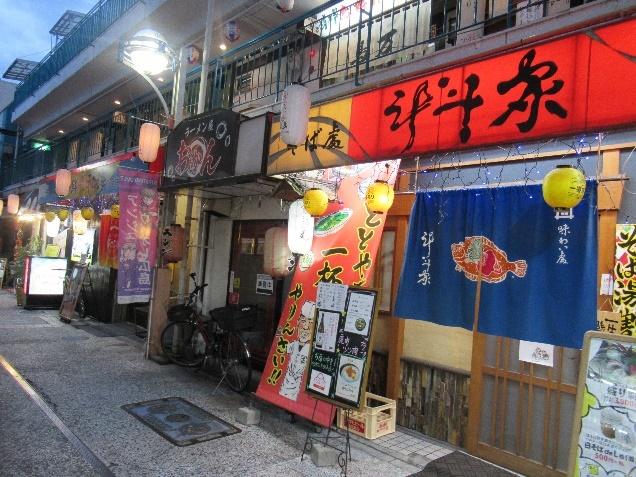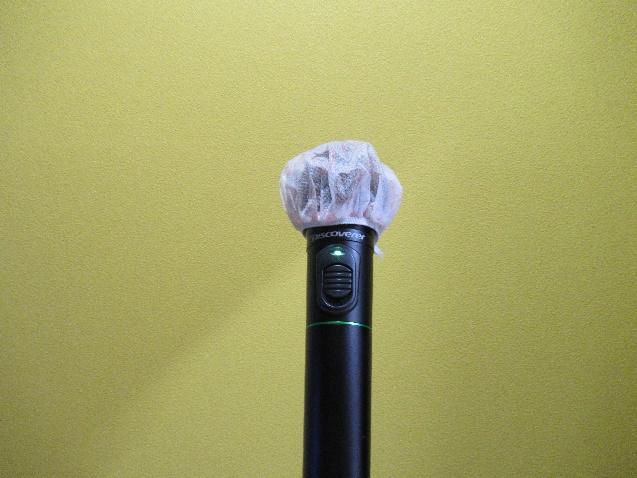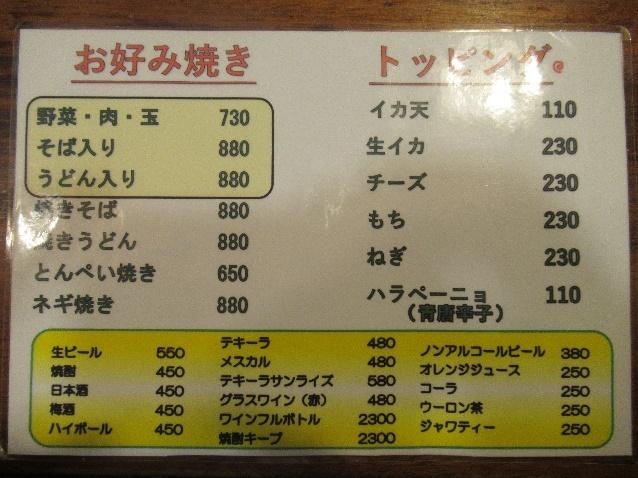100 Stories
Yokogawa Station: Secondary Hubs Aren’t Second-Rate!
When visiting a city of a certain size, there tends to be a primary hub area—sometimes close to the main station and at other times not—that is designated as “downtown” and is frequented by all the tourists and residents on a regular basis. Furthermore, for cities with a sizable population over a wide area, there is a threshold past which the concept of “downtown” becomes pluricentric and secondary hubs pop up in other corners of the city. The neighborhood of Yokogawa, located in the northern part of Hiroshima’s Nishi Ward, is one such secondary hub that deserves the attention of Hiroshimarians and visitors alike.

Yokogawa Station is a hub in terms of both transportation and entertainment. It’s the terminus for the #7 and #8 lines of the Hiroden streetcar system, and the Japan Railways counterpart with its numerous platforms make it the next busiest station in the city just after Hiroshima Station. Not unlike Hiroshima Station, Yokogawa Station features a plethora of businesses right outside the building offering a variety of services, and while the station sees its share of busy commuters the shops don’t get nearly as crowded as the shopping centers downtown, especially on a weekday afternoon when I was strolling about. On top of that, it’s mostly locals frequenting the establishments, so shopping around Yokogawa is a splendid idea for visitors to Hiroshima to get the souvenirs and meals they desire while briefly escaping the other tourists who are mostly occupied with the mainstream sites. Perhaps after one’s second or so visit to this city, secondary hubs like Yokogawa may even be preferable to downtown.
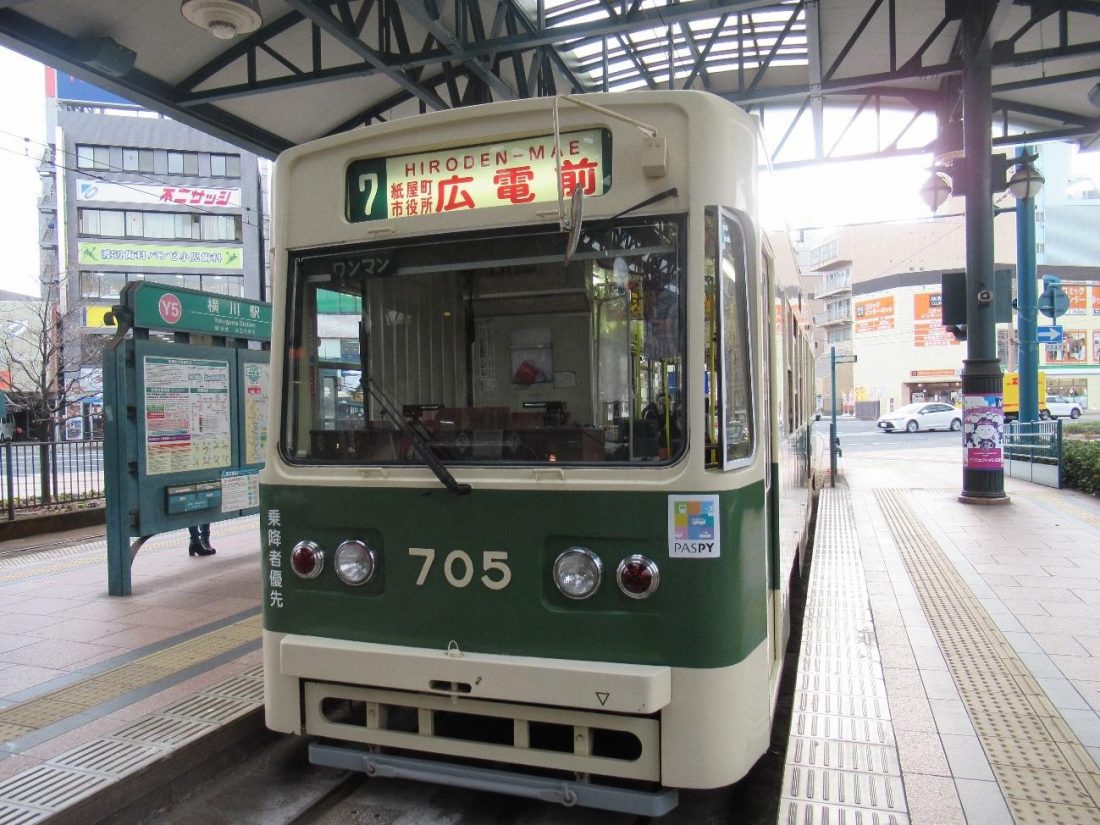
There are two ways to reach Yokogawa Station via public transport. With JR, it’s only two stations west of Hiroshima Station on the Red Sanyo Line, and if you happen to be downtown, you can catch the #7 streetcar from Hondori or just north of the Atomic Bomb Dome. Since I’m based downtown, I opted to take the streetcar to Yokogawa. The streetcar charges a flat fee between any two stations in Hiroshima City (except for stations west of Hiroden-nishi-Hiroshima), even when transferring onto different lines. I actually make an effort to ride the streetcar whenever I can because it runs at a leisurely pace all through the town, which is better for enjoying the cityscape on the way to the actual destination.
Snack Attack!
I arrived at Yokogawa Station right after lunchtime, but I was still feeling a little peckish so I immediately started scanning the area for places to buy some bites to go. Being the frugal traveler I am as well as in a hurry to experience what the area has to offer, my eyes drifted to the 7-Eleven kiosk next to the JR ticket gate, so I picked up a snack cake and went on my merry way. 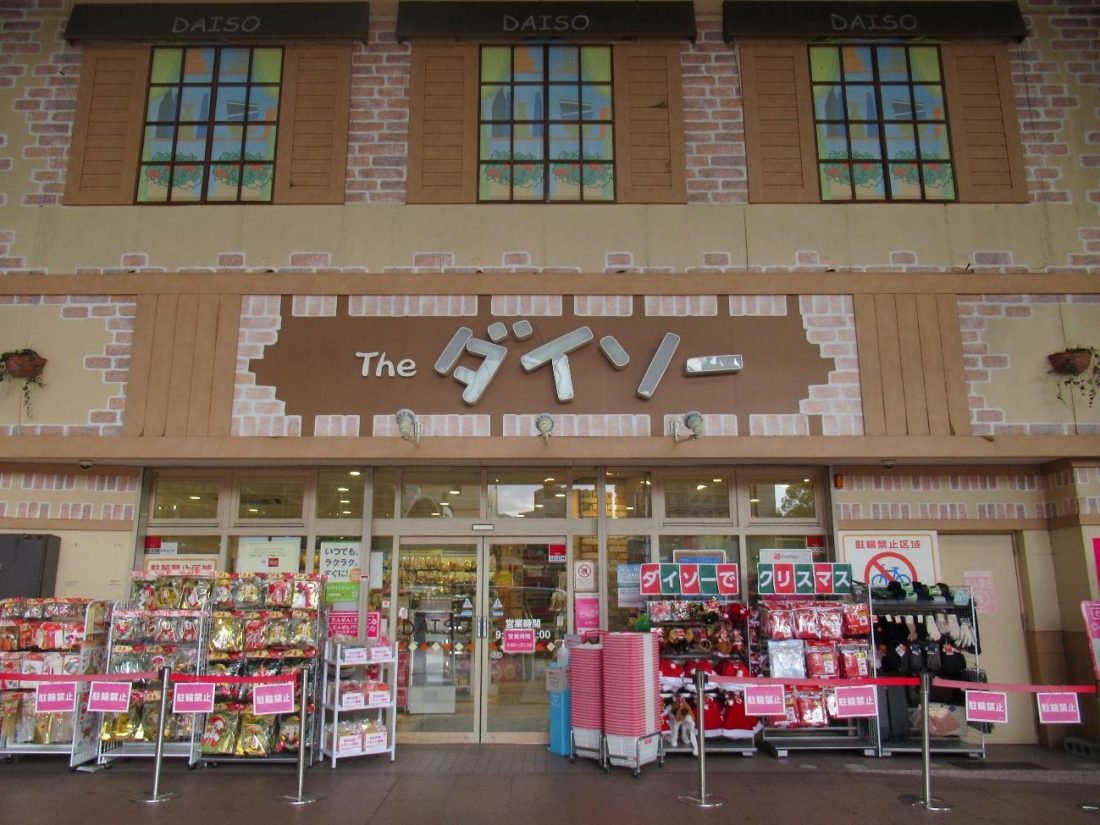
One point of interest I passed by after getting off the streetcar was the Daiso right by the 7-Eleven kiosk. I had actually been here before and knew it takes a good while to browse the entire store. It sports seven floors of super-cheap products, including shelves of snacks that can be purchased mix-and-match style at two, three, or even four fun-sized packs for only ¥100 plus tax! Naturally, I bought my fair share of snacks here as well before continuing my exploration.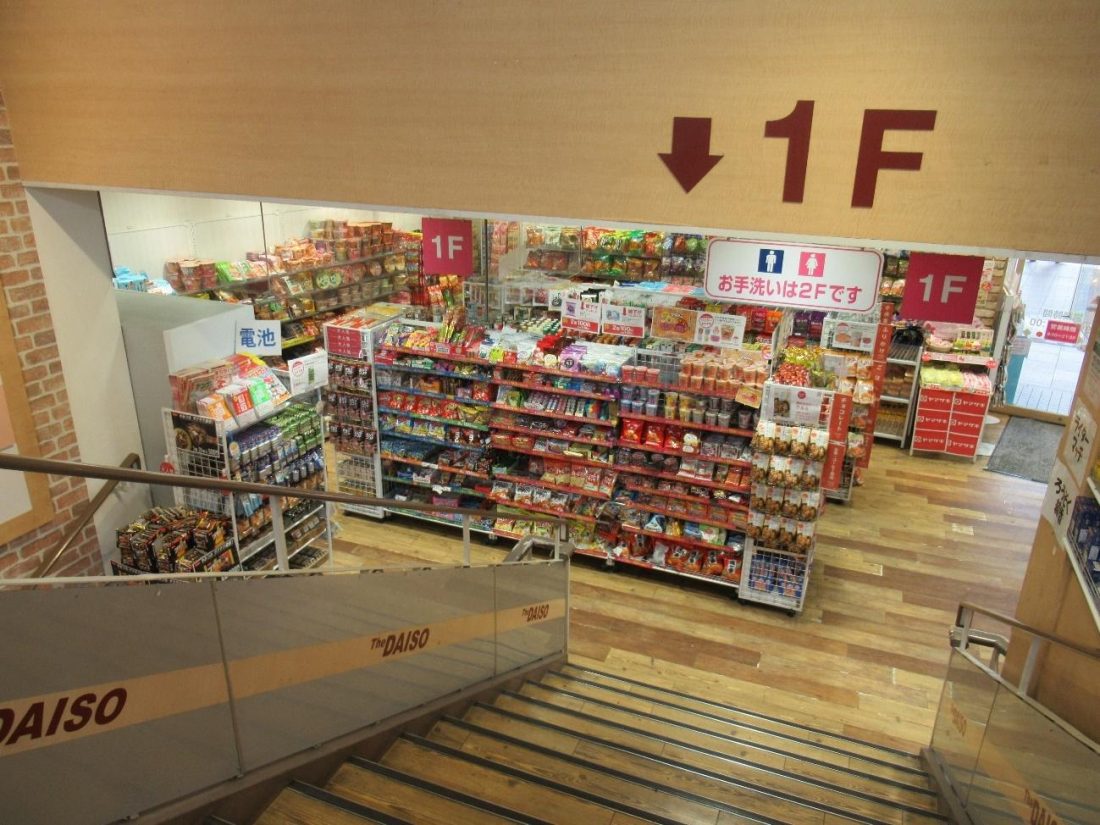
Continuing west from the JR station, I came across a rice ball shop, a bakery, a pharmacy, ATMs, cell phone providers, a karaoke parlor, a coffee shop, several restaurants, a florist, and finally a supermarket. It’s easy for anyone to run errands, unwind, and spend a good part of the day by Yokogawa Station alone, thereby cementing its aforementioned status as a secondary entertainment hub of the city. They seem to have decked out the place for the holiday season as well, but I would have to come back at another time to see the display lit up.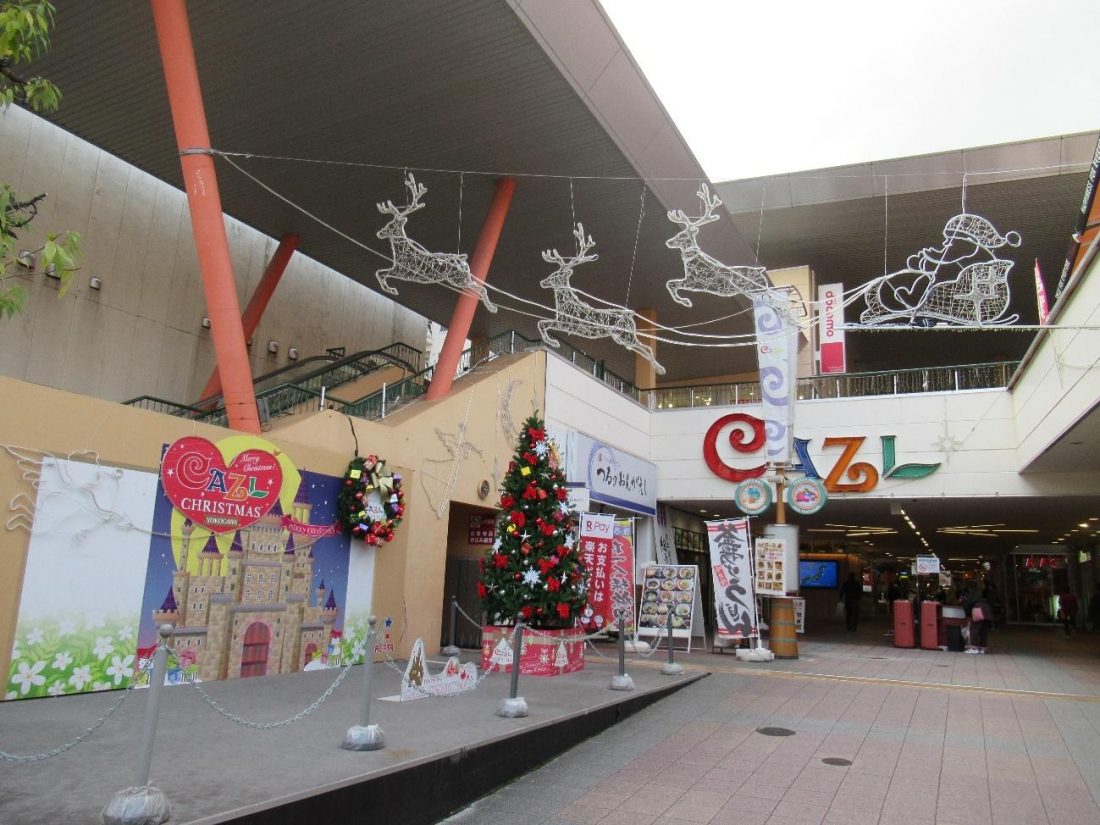
History and Novelty
The entire complex gave off this old-timey vibe with its designs reminiscent of early 20th-century architecture. From the streetcar station to the bus stops in front of the shops, anyone who passes through will feel the atmosphere of yesteryear. This is most likely because Yokogawa was also the site of Japan’s first omnibus route, where a small, wooden bus transported passengers between Yokogawa and Kabe, located in the northern reaches of the city. A replica of that very omnibus is on display in the center of the Yokogawa Station complex just west of the streetcar station.
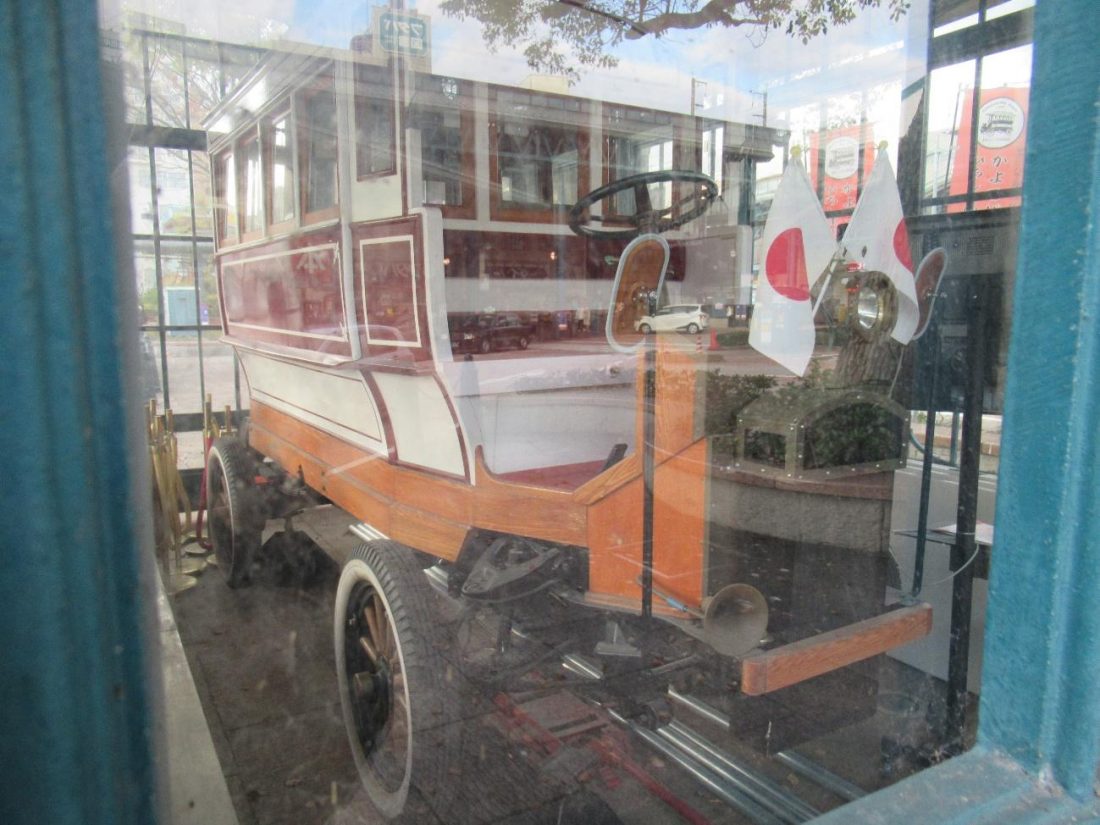
I turned back around and directed my attention to the karaoke parlor I passed by earlier. The continuously flashing lights and the sight of a singing cat beckoning me over piqued my curiosity and tempted me inside. It had just opened ten days ago from what I read, and since I had never been to karaoke in all my times stopping by Yokogawa, I figured it was a good occasion to give this new place a whirl.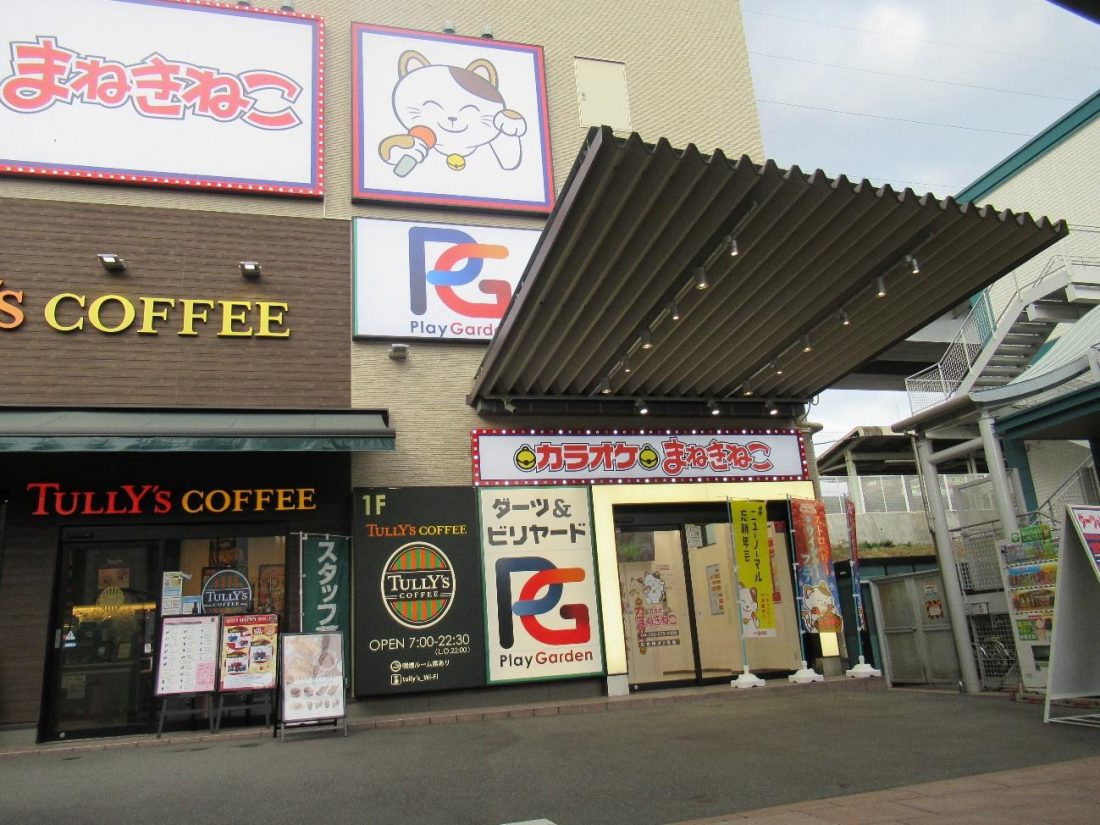
Naturally, the rooms in this brand-new parlor were still beautiful and clean, and at this time of day not too many customers were in here so it never got crowded or noisy. The rates are cheapest on weekdays before 6:00 p.m., and customers pay for a minimum one-hour stay with the option of extending the stay in increments of thirty minutes. Access to the drink bar—which includes a variety of cold and hot beverages that you’ll need in between songs—is included with admission. In addition, this place also features a room for playing darts and billiards (for an extra fee) in the event that karaoke doesn’t suffice. Since I was only trying this place out, I opted for a brief one-hour stay and got straight to singing.
Moment of Joy: Party of One
I had a tiny karaoke booth all to myself, and with the parlor’s flexible policy on outside food I was able to enjoy the snacks I had bought earlier along with the free drinks while I sang. With Christmas being exactly two weeks away, the bulk of my repertoire consisted of Christmas-themed songs I wanted to practice for a would-be holiday party, and for a moment my mind slipped into the party mood despite being alone.
It actually reminded me of the good old high school and college days when I would sing karaoke and goof off in other ways with my friends, and with that mentality I was truly able to let go and sing my heart out, exaggerated motions included. Thankfully, a cover for the microphone was provided, and it still managed to let me project my voice well while blocking my musical germs as I shouted into it.
Taking the Back Streets
After my time at the karaoke parlor expired, I decided to head east of the station. Turning left at the bookstore next to the Daiso, I wandered into a quaint alley filled with shops selling clothes, food, and other sundries, as well as a couple restaurants. At the end of the alley, I crossed the street and checked out Hoshi no Michi, another narrow street filled with lively eateries, all of which I wanted to try. Alas, I already had another location in mind for dinner tonight so I had no choice but to turn down these lovely establishments.
I exited Hoshi no Michi and headed south until another notable street caught my eye. It was wide and looked like it would be filled with a slew of popular businesses, but the thing that stood out most was the name: Yokogawa Hondori. “No way,” I thought the first time I saw the entrance gate. I knew Yokogawa was a secondary hub of Hiroshima city, but at this point I felt like this street was trying too hard to imitate the real Hondori downtown and not quite living up to its name. As I walked down this wannabe Hondori, I passed by a bank, several restaurants, and a few miscellaneous stores, but not too many patrons were congregating anywhere, and a fair share of shops looked to be out of business. Yokogawa Hondori just seems to be a wide street where people pass through but don’t stay, and personally, I would stick to the shops by Yokogawa Station for entertainment.
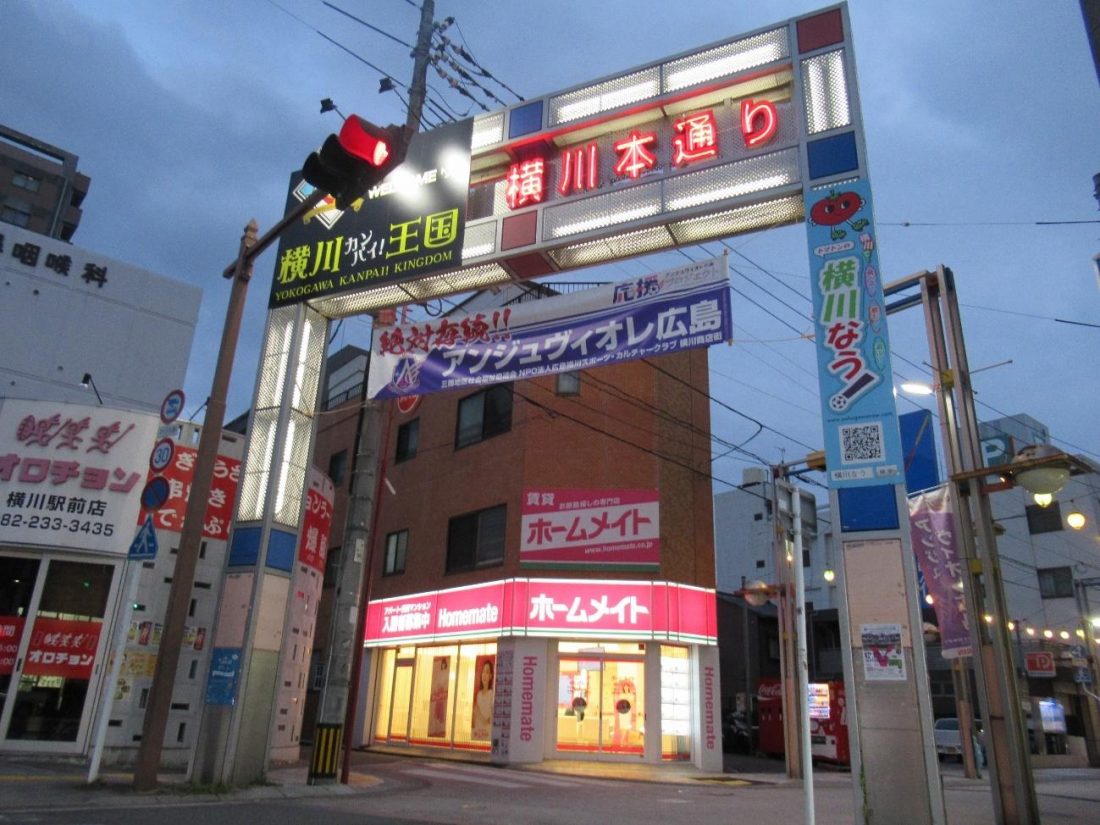
Spicing Up My Okonomiyaki
As it was getting dark and I was eager to have dinner, I went back the way I came and headed east. Tonight, I wanted to eat at a certain place I had heard many tales about: Lopez, an okonomiyaki restaurant run by a man with the same name. Mr. Lopez is a Guatemalan immigrant who once worked at a certain okonomiyaki place in Hiroshima before opening up his own, and its popularity has been standing strong for twenty delicious years.
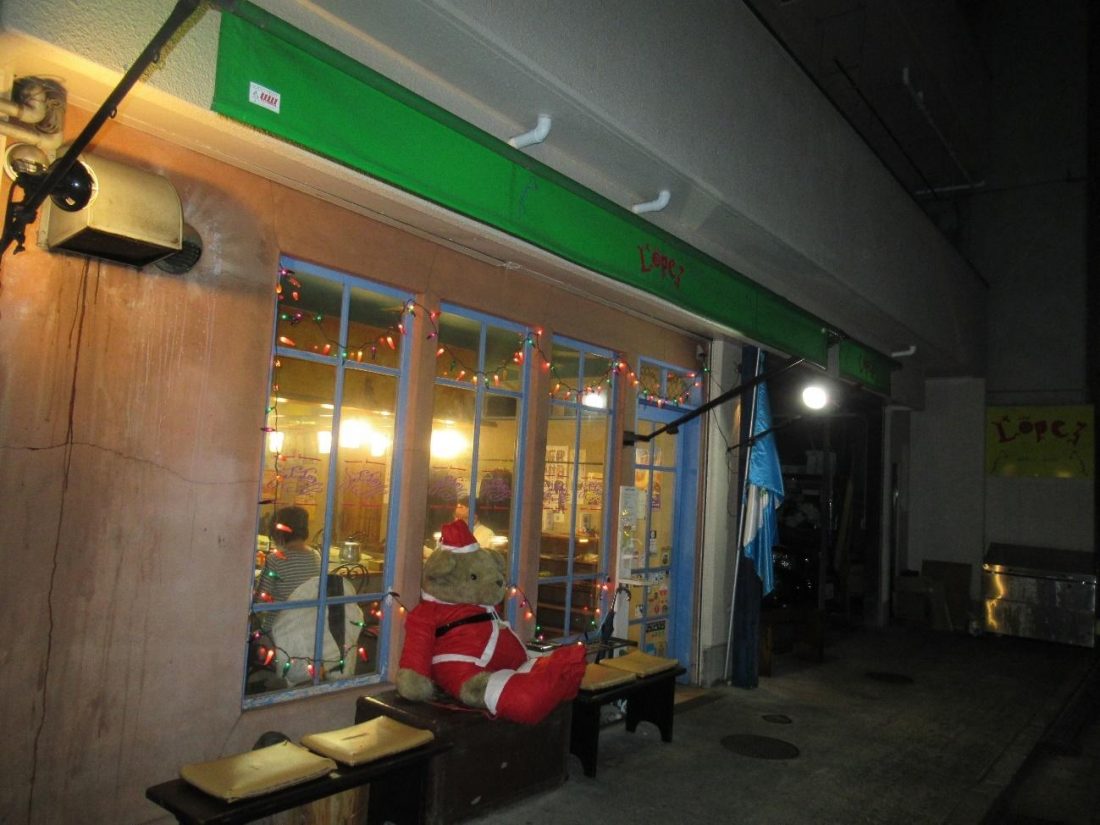
The menu at Lopez has an obvious Hispanic influence, such as jalapeño topping for the okonomiyaki and bar bites like spicy chorizo teppanyaki. Despite the low attendance inside the restaurant at this time of night, the griddle was still full of okonomiyaki in progress for the countless take-out orders that kept coming in by telephone. I ordered mine with squid chips, an essential for me, and of course I had to add jalapeños too since this was the first time I had the chance to literally spice up my okonomiyaki.
Soon after placing my order, I graciously received permission to photograph and record the cooking process. The method of making okonomiyaki isn’t new to me, but I was simply impressed by how skillfully the team of cooks coordinated and juggled so many people’s orders, constantly switching between serving the customers right before them and stuffing items into containers for take-out customers to immediately pick up. Eventually, I came across my own okonomiyaki and caught footage of them finishing up and topping my order with their signature jalapeños.
I found myself needing water and tissues for my nose more often than usual when I was devouring this masterpiece. The udon noodles were crisp and the jalapeños added that kick that made additional condiments unnecessary. The okonomiyaki wasn’t particularly small, but I felt I finished it rather quickly and was a bit sad I couldn’t make it last longer.
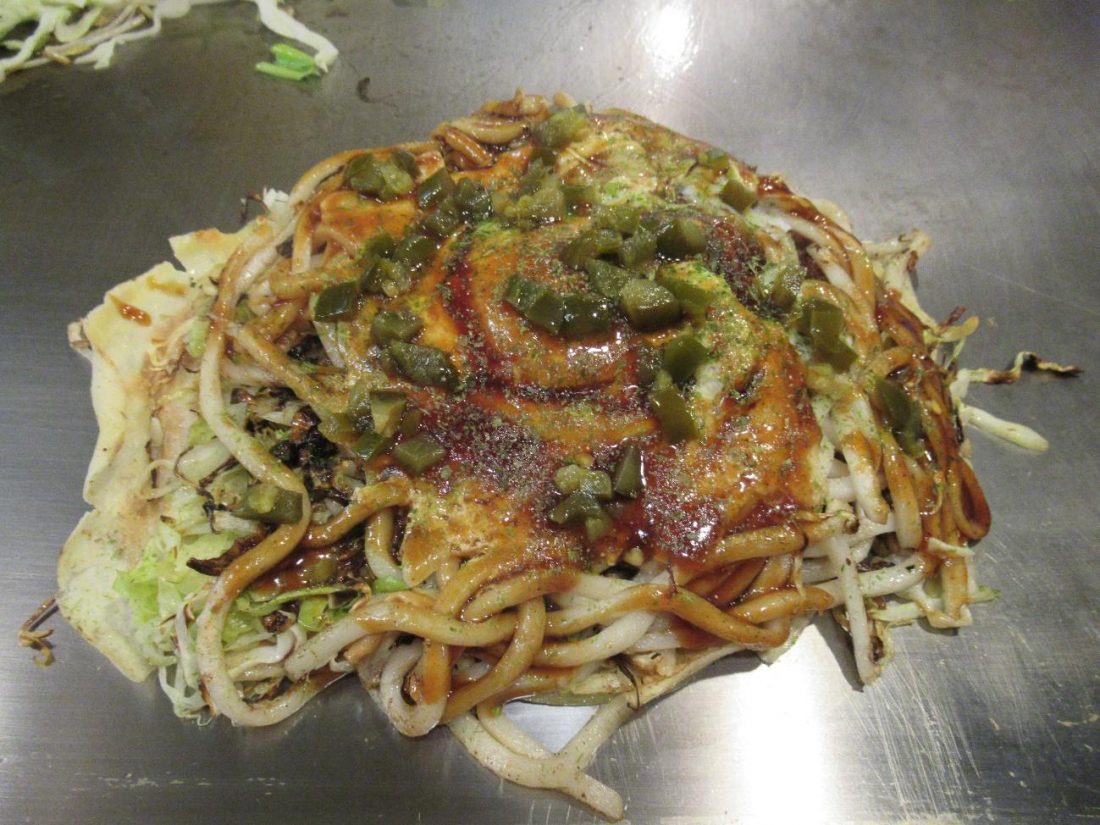
I was more than satisfied with my meal but not quite ready to go home as the night was still young, so I returned to Yokogawa Station and hopped on a JR train to my next adventure. Those who visit Yokogawa and wish to stay late into the night can rest easy knowing that the last streetcar downtown departs at a little past 10:00 p.m. and that the last JR train bound for Hiroshima Station is available as late as midnight. If the shopping and entertainment options in Yokogawa somehow weren’t enough, another good choice that won’t be crowded—especially in the evenings any day of the week—is the AEON Mall Hiroshima Fuchu shopping center near Tenjingawa Station, just one stop east of Hiroshima Station on the Green Sanyo Line.
It’s a fact that tourists that visit any city in Japan come to shop, and Hiroshima is no exception. However, if they stay in the central part for long enough, they will usually tire of downtown and may long for a place that lets them slow down and experience life in the city like we residents do. When the main hub becomes dull, it’s necessary to find others, and Yokogawa is an ideal place to fill that role. In fact, I believe the quality of the establishments around Yokogawa Station more than make up for its sparse quantity in comparison to downtown, and rather than see it as second-rate, I would instead classify it as a solid alternative for the sightseer that has checked off all the main points of interest in Hiroshima. Even after so many years I continue to discover subtle gems in my city worth showing to tourists, so if you ever swing by Hiroshima again, might I suggest a secondary hub?

